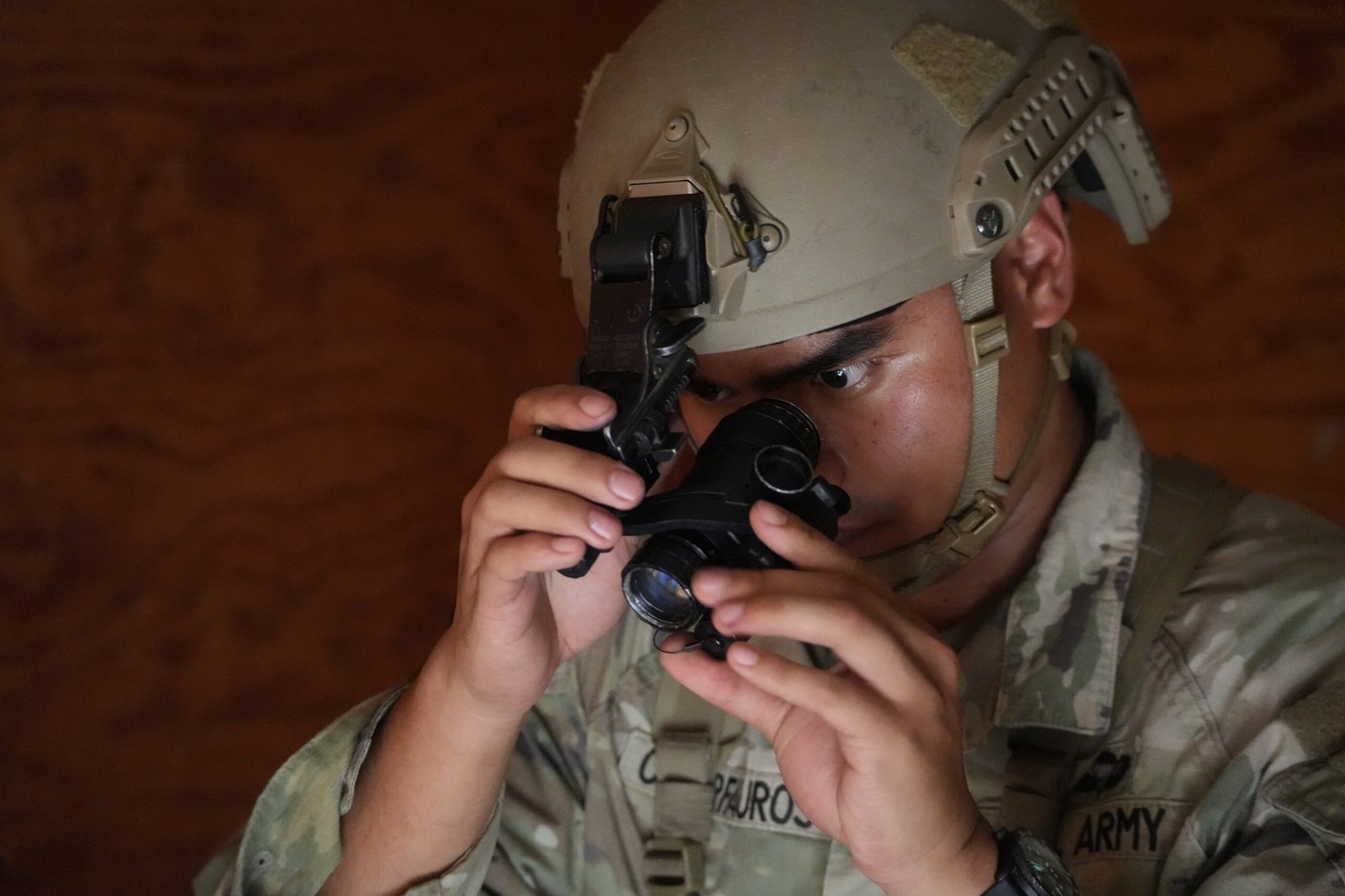
U.S. Army Awards deal to Upgrade AN/PVS-14 Night Vision Devices
Carson Industries Inc. has been awarded a five-year, $31.5 million contract to perform single battery compartment installations for the AN/PVS-14 Monocular Night Vision Device (MNVD).
The award was announced by the Defense Logistics Agency (DLA) Weapons Support office at Aberdeen Proving Grounds, Maryland.
The contract is structured as an indefinite-delivery/indefinite-quantity (IDIQ) agreement, with an ordering period that runs through November 3, 2031. There are no option periods included in the agreement. The DLA said the Army is the designated user of the equipment and that the procurement will be funded through Fiscal Year 2026 to Fiscal Year 2031 defense working capital funds.
The contracting activity received six bids for the opportunity, making this a competitive acquisition. Carson Industries emerged as the winning offeror for the program focused on modernizing the battery compartment of one of the Army’s most widely used night vision systems.
The AN/PVS-14 MNVD is a compact, helmet-mounted night vision monocular that has seen extensive use across the U.S. Armed Forces and by many NATO partners. The system allows soldiers to conduct nighttime operations with improved visibility and target identification while maintaining hands-free mobility. Its adaptability for both headgear and weapon mounting has made it a standard tool in both infantry and special operations units.
According to the contract details, Carson Industries will provide installation services for single battery compartments, which streamline the device’s power supply configuration. While the Army has not publicly specified the total number of units to be upgraded under this IDIQ agreement, the scale and duration of the contract indicate an extensive service requirement across active and reserve components.
In recent years, the U.S. military has made consistent investments in sustaining and enhancing legacy optical systems like the AN/PVS-14, which continues to serve as a baseline capability even as newer-generation systems enter service. Modifications such as updated power systems are designed to improve reliability and reduce weight without altering the core functionality of the device.

